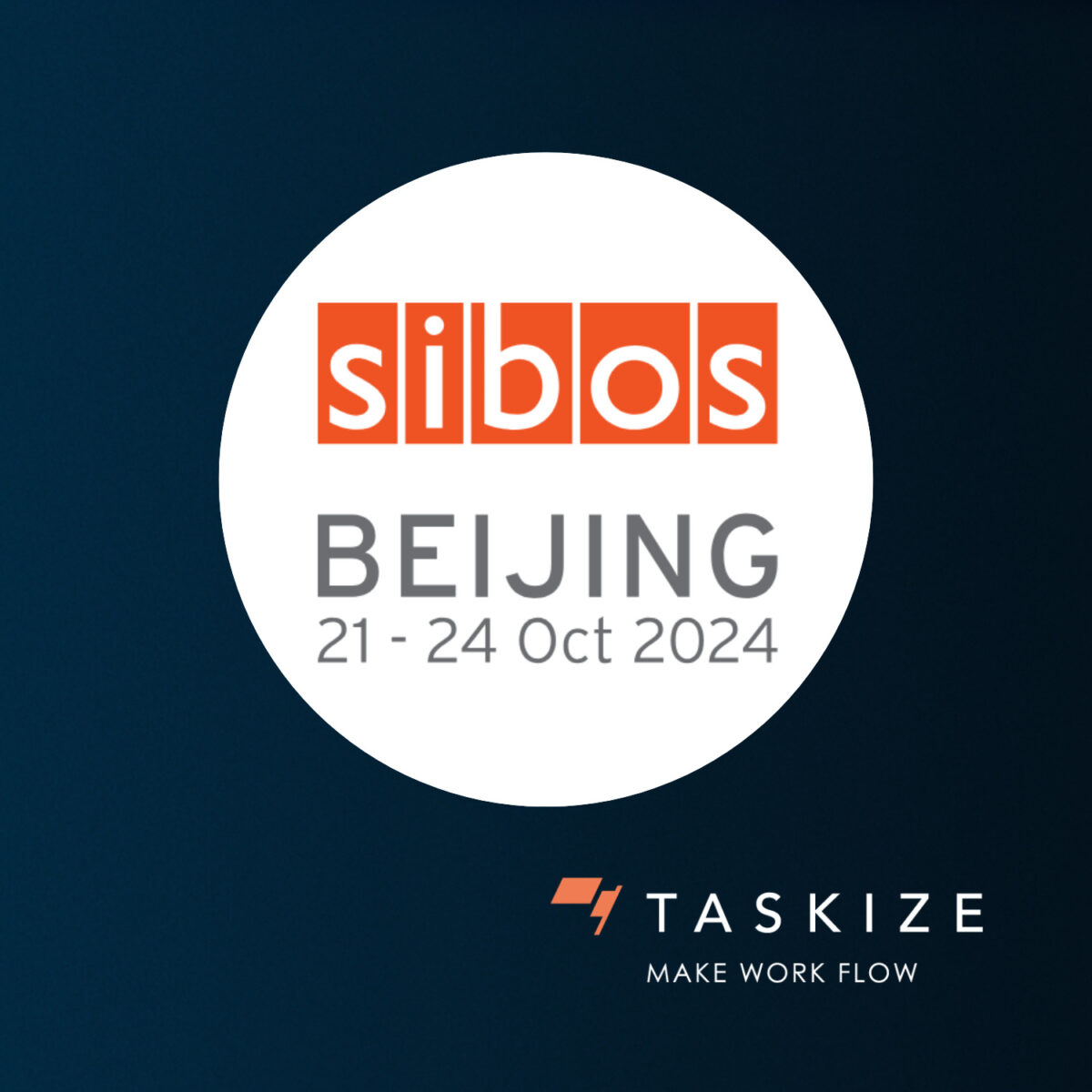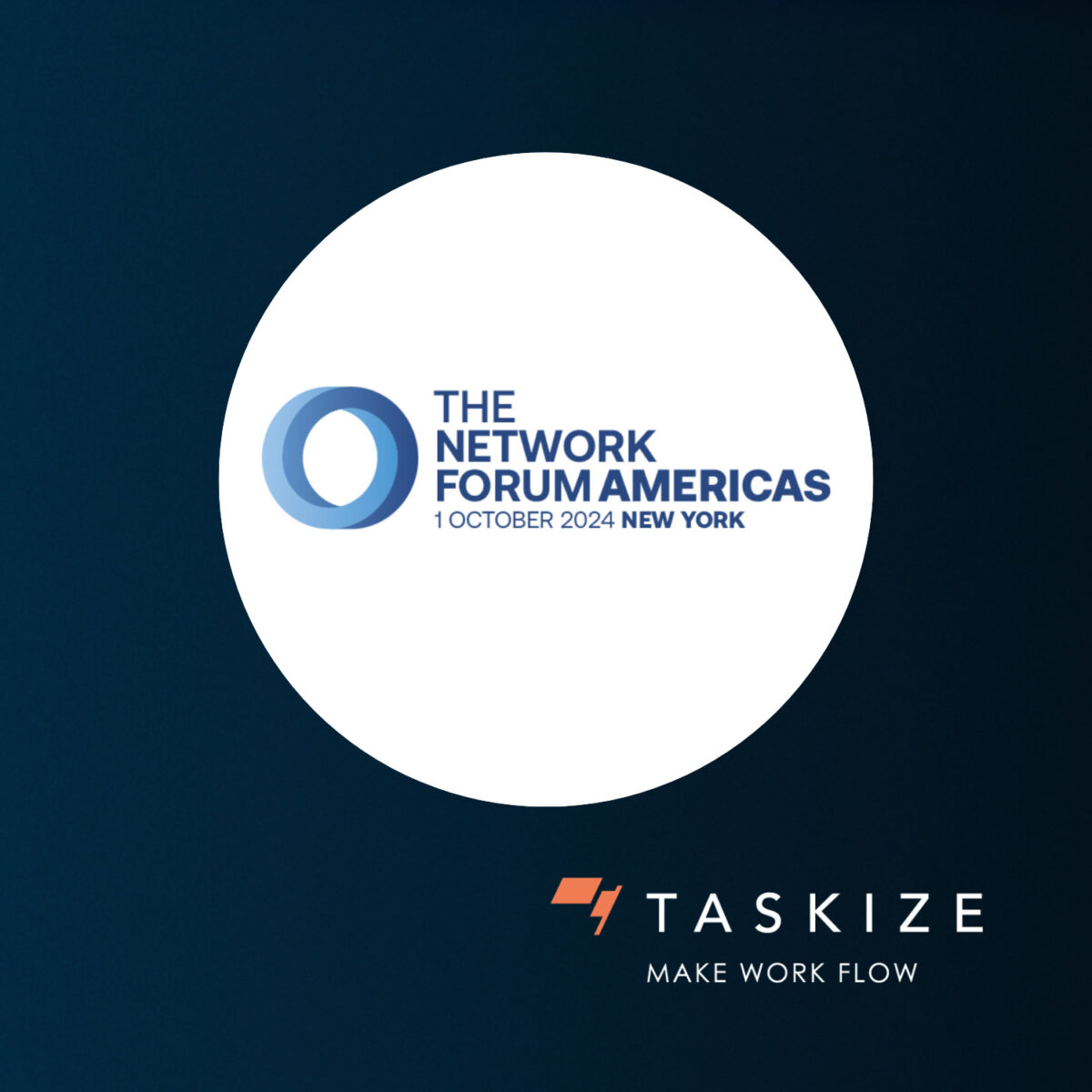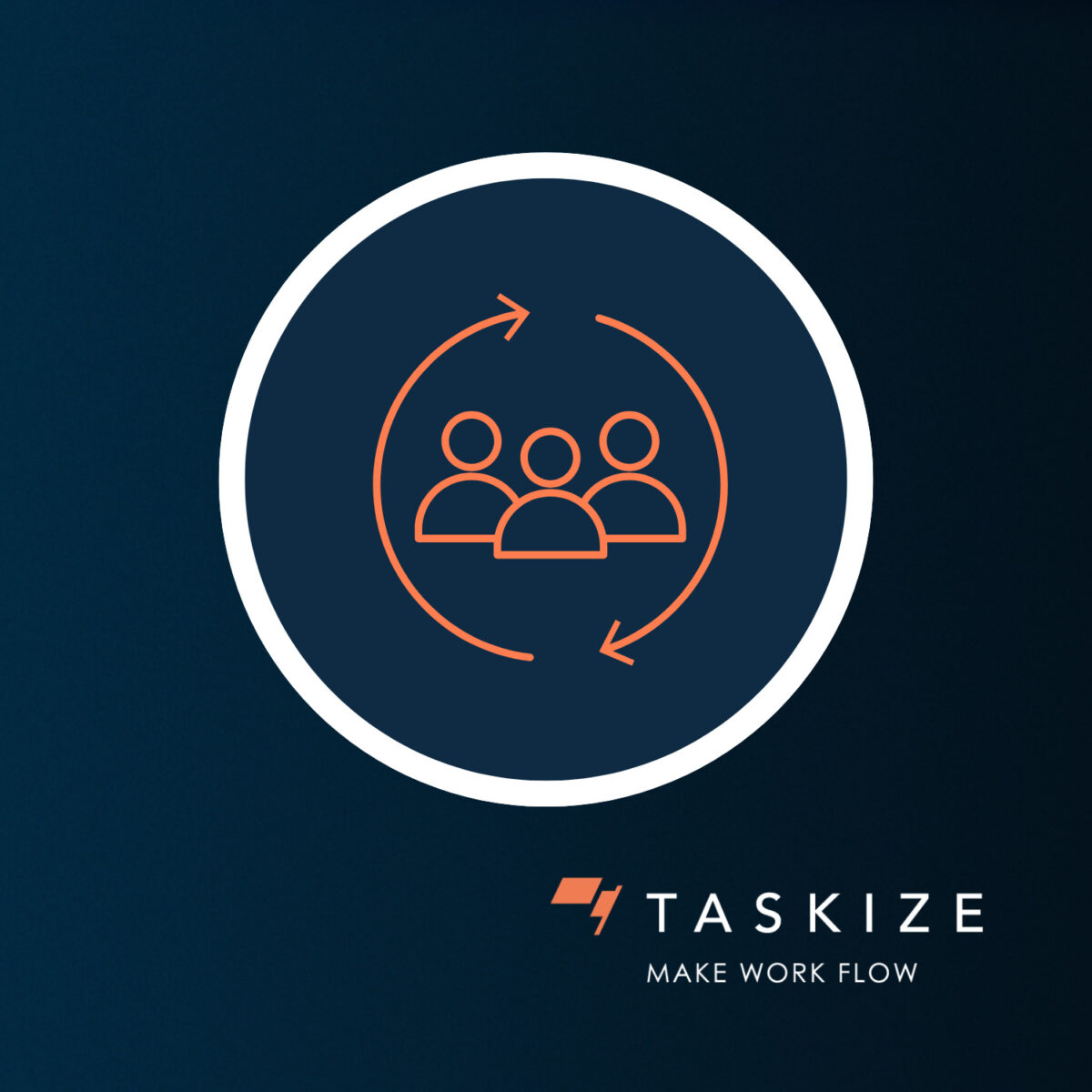Events & Webinars
Philip Slavin, co-founder and CEO of explains why the looming final phase of the uncleared margin rules (UMR) means there needs to be an even greater emphasis on dispute resolution and longstanding intercompany workflow inefficiencies.
Philip Slavin, co-founder and CEO of Taskize, explains why the looming final phase of the uncleared margin rules (UMR) means there needs to be an even greater emphasis on dispute resolution and longstanding intercompany workflow inefficiencies.
With the final phase of UMR just 6-months away, margin calls are front of mind for financial institutions right now. The challenge is that the current high levels of market volatility driven by geo-political and macro events, lead to high volumes of margin calls which inevitably lead to more disputes. While some will be simple to resolve, others will be more laborious, time-critical, and involve a range of counterparties across time zones. Also, in times of market stress, the pressure on margin teams, control teams and even credit officers intensifies.
In the penultimate phase of UMR, which came into force last September, firms with an aggregate average notional amount (AANA) of uncleared derivatives exceeding $50bn became subject to the initial margin requirements. In phase 6, firms with an AANA exceeding $8bn will join them.
“An additional 5,400 firms…will be confronted with a new operational headache”
So, what does this actually mean? Well, according to the ICSD, Euroclear, “the final two phases will cover some 1100 entities, 315 in phase 5 and 775 in phase 6. And an additional 5,400 coming in-scope in September.” As a result, come this September, initial margin calls will rise, and an additional 5,400 firms, unfamiliar with the margin dispute process and still relying on the use of email to resolve the disputes, will be confronted with a new operational headache.
Most disputes can, of course, be quickly resolved by the margin teams, but those that can’t represent a cost to firms in terms of the headcount involved and the time they are engaged on the problem. Add this to regulatory requirements for resolving disputes quickly and the inevitability that the volume of margin disputes will rise under UMR, and there is every reason for firms need to be as efficient as possible when seeking resolution. With all this in mind, how do firms pulled into the final phase of UMR go about addressing the problematic issue of dispute resolution?Well, the answer really does depend on the nature of the firm in question. Some will have portfolio reconciliation processes which rely on spreadsheets, while others will have dedicated margin managers adopting the standard SIMM risk model. Then there are those that will have with their own risk models. Certain firms will be able to handle partial margin and others may not. In certain cases, margin may be agreed but payments may fail further down the lifecycle.
“Firms need to be as efficient as possible when seeking resolution”
Regardless of the approach taken, it all comes down to reducing dispute resolution times while maintaining the right level of control and oversight. To solve this problem more and more firms are realising the value of intercompany workflow to provide continuous collaboration across global financial operations staff. There are three key points to achieving this aim that underpin the efficiency of any operational process when it comes to UMR.
To start with, the right people across involved parties need to be involved as early on in the process as possible. To be the right person is not just about having the right skills. It is also about having sufficient availability and the authority to make whatever decisions are needed. Internally, in ever-growing and changing operations departments, finding the right person (who has all the attributes and is available) can be a challenge. When dealing with external counterparties, the challenge becomes even greater.
Then, at some point in reaching an agreement, parties will have to sit down and work through the data. Whether that is a ‘tick-and-bash’ review of a portfolio or a more fundamental discussion on different valuation approaches, the key to efficient resolution is making sure the data is organised and available to all parties.
“Email is not designed to prioritise urgent tasks and share information in an interactive way”
The third point is around internal communications. Information may be shared through in-house messaging systems or by email. Despite greater use of chat messaging systems in the wake of Covid, email’s ubiquity makes it the default option. But issues of security, integrity, reliability, spam, and phishing are major causes of inefficiency in operations processing. As outlined in ISDA’s paper on initial margin dispute processing, email is also not designed to prioritise urgent tasks and share information in an interactive way.
With the final phase of UMR a matter of months away, and with market volatility showing little sign of diminishing in light of current events, margin disputes will be a clear consequence of increased transaction volumes. When dealing across jurisdictions, different bases for collateral valuations and local regulations that don’t align on inscope and out-of-scope transactions make resolution more complex and time-consuming. Firms that fail to deal effectively with margin disputes face higher costs and reputational, credit and regulatory risks. As a result, efficient resolution is crucial. As the margin dispute may result from a reconciliation error or a payment fail, firms need a solution for different workflows and asset classes, so it has to scope to deal with any root cause of a dispute. For even greater efficiency, customisable workflows can help the firm in question and their counterparties take the same structured approach to resolving the dispute. Our inter-company workflow platform enables financial services operations to replace the use of email when dealing with any margin dispute issues.
Find out more information here on how Taskize can speed up margin dispute resolution in advance of UMR phase 6



